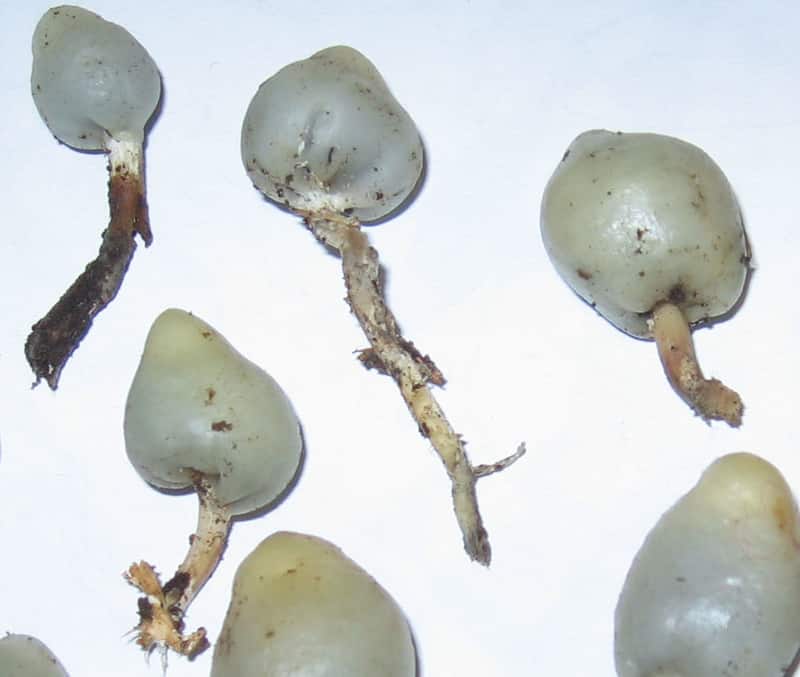
Psilocybe weraroa Magic Mushrooms
Psilocybe weraroa: Background
Psilocybe weraroa magic mushrooms were first described in 1924 by New Zealand mycologist Gordon Heriot Cunningham as Secotium novae-zelandiae. Rolf Singer transferred it to Weraroa in 1958, though phylogenetic analysis by Borovička and colleagues in 2011 shows this species is very close to Psilocybe cyanescens, thus resulting in it's current taxonomy.
Psilocybe weraroa: Habitat
Psilocybe weraroa magic mushrooms grow solitary to crowded on decaying branches of Whiteywood or cabbage trees, fern fronds, and leaf litter in the forests of New Zealand during the early winter and spring months.
Psilocybe weraroa: Taxonomy/Naming
Genera
Psilocybe
Species Name
weraroa
Sub Species
weraroa
Common Name
Psilocybe weraroa: Physical Description
Pileas
Cap is roundish to ovate with folded edges and light brown when young, becoming pale blue-grey with age. Initially finely fibrillose, becoming smooth.
Gills
Rather than gills, Psilocybe weraroa have what's known as a Gleba, a spore bearing inner mass found in certain fungi such as puffballs. In this case, the gleba is chocolate or sepia-brown, sparse, and chambered with contorted gill-like structures
Spore Print
Purple-brown
Spores
Purple-brown
Stipe
Stem is hollow, cartilaginous, and whitish to blue-grey, with yellowish-brown tones at the base

Comments